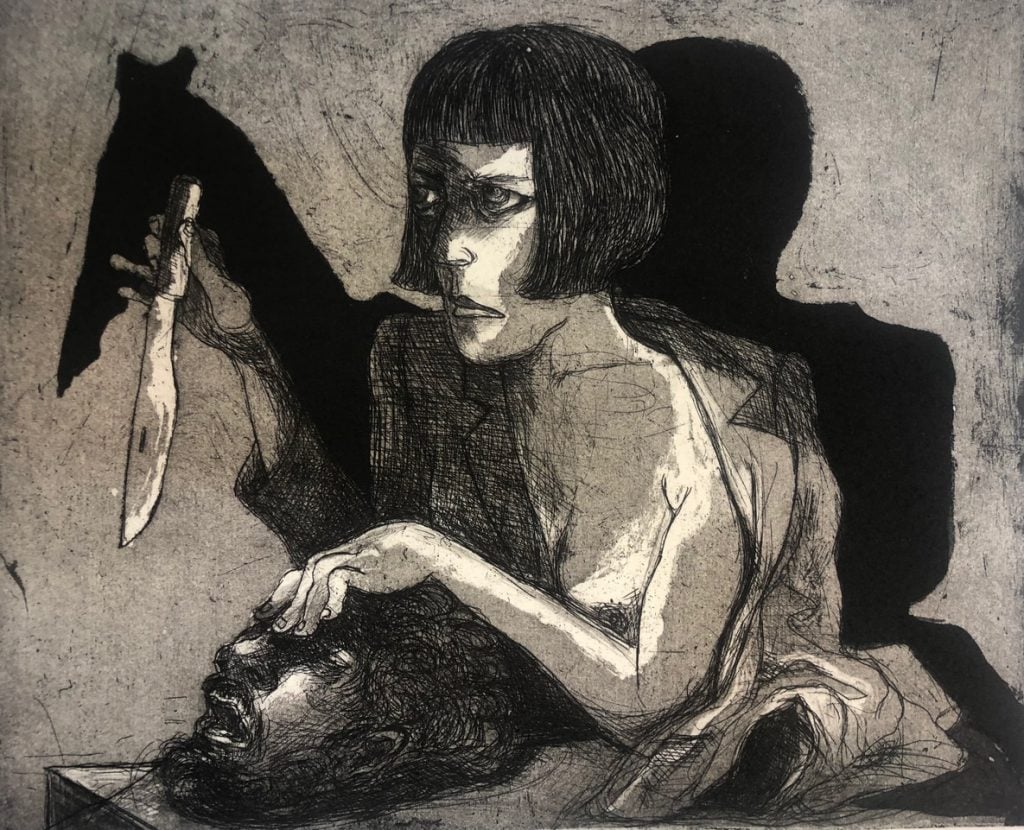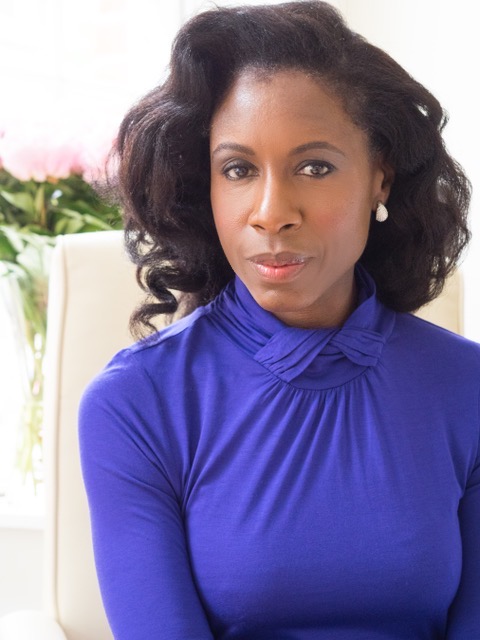Art Fairs
London’s Fall Frieze Week Has a New Addition With a Mission: An Art Fair Dedicated to Promoting Women Artists
The Women in Art Fair will exclusively feature work by women-identifying artists.

The Women in Art Fair will exclusively feature work by women-identifying artists.

Artnet News

A new fair will arrive alongside Frieze London this fall—and it will show exclusively women artists.
Set to take place from October 11 through 16 at the Mall Galleries in Westminster, the Women in Art Fair (WIAF) aims to redress the inequalities of what its founder and director, Jacqueline Harvey, calls a “female-unfriendly” sector.
“It is not easy to enter the commercial art market as a woman artist. Career progression is difficult, as is gaining serious credibility,” Harvey, a former managing director of the West London gallery Art Strategics, told Artnet News. “I see it as industry-wide discrimination.”
The fair’s inaugural edition will comprise three parts. In the first and main section, located at the site’s West Gallery, 21 galleries will set up shop in expo-style booths. The full list of participants has yet to be announced but will represent a mixture of “established and cutting-edge” galleries, Harvey explained. (Galleries do not necessarily need to be run by women to apply.)
The other two sections are both curated exhibitions. In the East Gallery will be a presentation of historical and contemporary artists who explore humankind’s relationship to nature, while the North Gallery will offer a show of artwork submitted through an open call. In all cases, the work on display will have been made by women-identifying artists. (Harvey clarified that trans and non-binary artists are eligible too: “WIAF is about inclusion not discrimination,” she said.)

Jacqueline Harvey, founder of the Women in Art Fair. Courtesy of WIAF.
What the fair will actually look like come October is, at this point, somewhat unclear. The WIAF team is still sorting through gallery applications, and the open call for artists just closed yesterday. But Harvey said the idea isn’t to approximate the polish of more established fairs like Frieze right away; it’s more about starting a conversation.
Critics might suggest that developing a separate fair for women may actually calcify, not correct, the industry’s gender divides. But Harvey doesn’t see it that way. “The issue,” she said, “is that women are already being ‘otherized’ or limited in the art world.”
“Ultimately, time will tell if we create a niche market or succeed, as is our intention, in changing the dynamics of the mainstream art market,” Harvey concluded.
More Trending Stories:
Blue-Chip Artworks Seized From Top Portuguese Collector Will Be Featured in New Art Museum in Lisbon